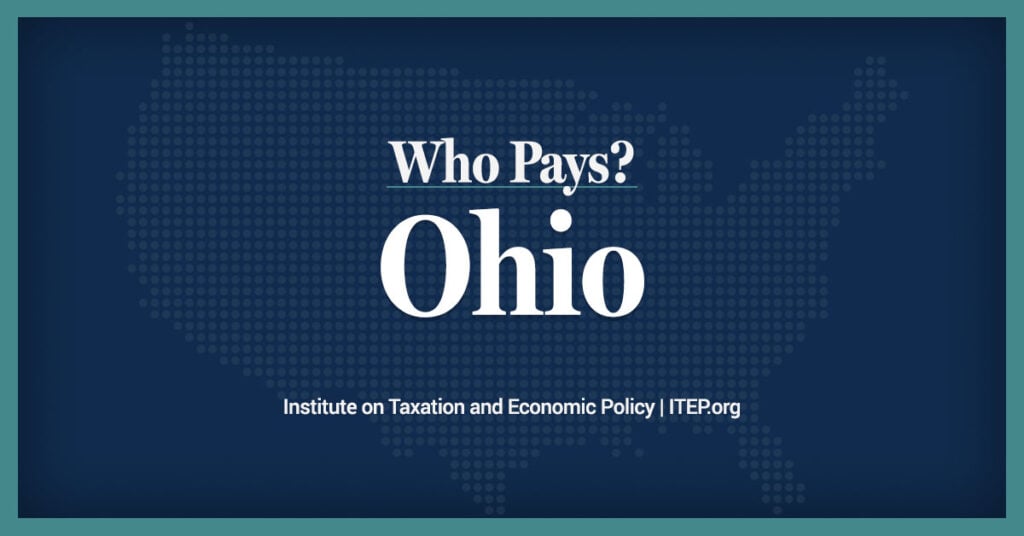2:18 PM Wednesday, March 23, 2011
Ohio’s state government deficit is likely to be nearly $8 billion this year. That’s a fact. The real question is: How did we get there? By “accident”? Was it just “fate”? Or is it possible that this is a manufactured problem?
In the struggle over Senate Bill 5, Gov. John Kasich and his Republican allies would have you believe that it is Ohio’s public unions who created this deficit by being greedy in hard times. But the fact is, state workers make less money overall than comparable workers in the same jobs in the private sector, and they’ve already made substantial financial concessions in the past few years — so the “greedy” accusation doesn’t stick.
We have a big deficit in Ohio right now for two reasons: Political decisions made in the go-go years between 2000-2008; and the recession that hit all states in 2008, a recession caused by irresponsible behavior by big Wall Street corporations and banks and lax regulation of those corporations.
Gov. Bob Taft and the Republican-controlled legislature enacted a sweeping tax-reduction plan in 2005 that, over the past five years, has cut the state’s income tax by 22 percent. The final 4.2 percent cut will be put into place this year. This has cost the state more than $2 billion in annual revenue.
These tax cuts do not help middle-class Ohioans now staggering from the effects of this recession. No, these tax breaks have gone overwhelmingly to the wealthiest Ohioans.
According to the Institute on Taxation and Economic Policy, a research group in Washington, D.C., the 1 percent of Ohio taxpayers who have an average income of $643,000 a year save more than $7,000 a year in state taxes now. Thus the wealthiest Ohioans, under the 2005 plan, garner more than 22 percent of the tax savings — more than half again as much as the total received by the bottom 60 percent of Ohio taxpayers. Taxpayers who make less than $16,000 a year, the bottom 20 percent in 2005, would save an average of just $12 a year with the plan fully implemented, according to ITEP.
Closer to home, Ohio’s Policy Matters, a Columbus think-tank, points out that this does not mean that middle-class Ohioans will see an overall tax decrease. This is because the cut in state taxes would leave taxpayers with less to deduct on their federal tax forms, forcing them to pay higher U.S. taxes, and so it actually drains revenue from Ohio.
Policy Matters also points out that there is little evidence that this transfer of wealth to the wealthy spurs economic growth. In fact, studies tend to show that tax cuts do little to spur growth, especially when they result in reduced public investment, as this clearly will.
Supporters of Senate Bill 5 like to complain that “greedy” public employees have refused to make concessions when hard times come. This isn’t true. But what is true is that politicians have refused to revisit the 2005 tax giveaways to the very wealthiest Ohioans — those who did best in the hot years of the economy — now that hard times have come.
There is often a lot of talk in Washington and state capitols about the government needing to be run more like a business. But what business would survive if it purposely cut its own revenue sources, and then blamed its workers for its bad strategic decisions?
And soon the Kasich administration will be announcing huge cuts to university budgets that will punish our students for the mistakes of the last decade. Ohio continues to disinvest in its system of higher education. This is a destructive and short-sighted policy.
Either Gov. Kasich and the Republican-dominated legislature are guilty of gross fiscally irresponsibility, or they have purposely manufactured this crisis in order to attack the unions. They’ve essentially broken the government and are blaming it on someone else. Whichever explanation you choose, this crisis is not one that has been generated by the state’s public unions or the middle class. And blaming them and punishing them is not an honest way to move forward from here.
John T. McNay is a professor of history at the University of Cincinnati’s Raymond Walters College. He specializes in the history of American foreign relations, especially the Cold War. He is a resident of Fairfield, and president of the AAUP chapter at UC.



